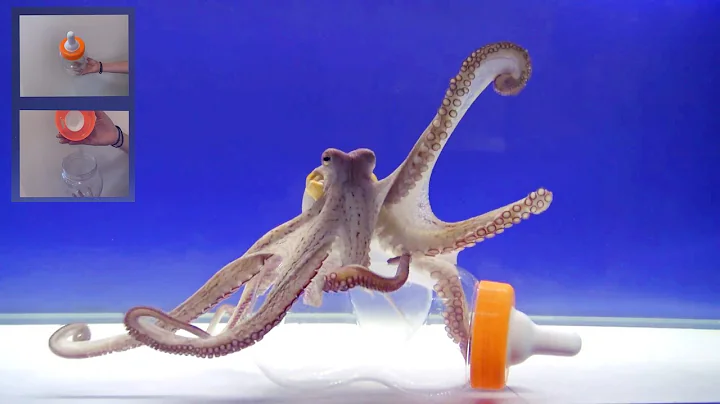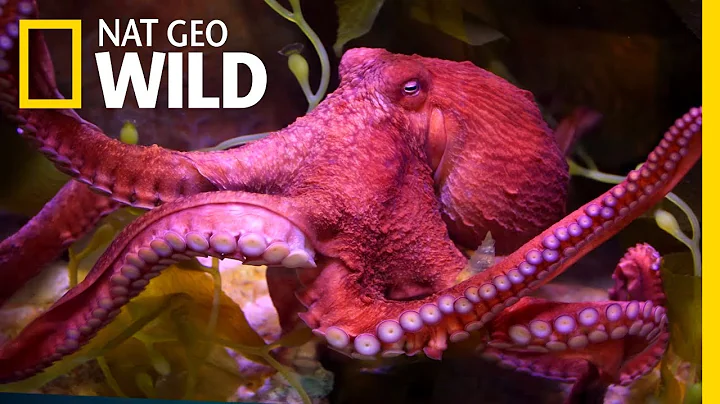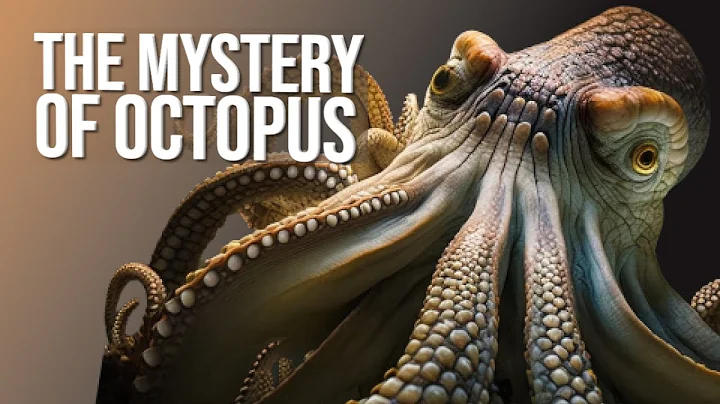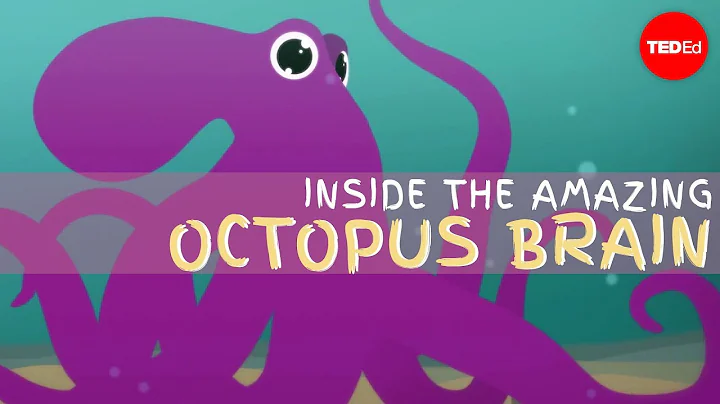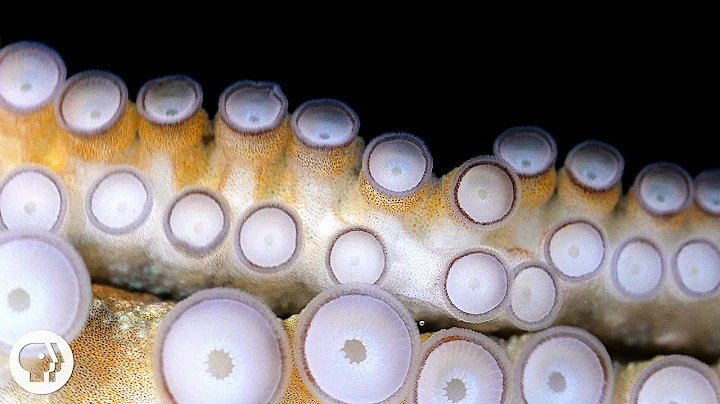
Octopuses look quite weird: they have soft bodies, 8 regenerating tentacles, and 3 hearts. Their large brains give them higher intelligence than other invertebrates. But the most admirable thing about octopuses is their color-changing ability. They can quickly change colors according to their surrounding environment and camouflage themselves at will.
written by Harry Baker
compiled | spruce
edited | aspen/kapok
image source | pexels/pixabay
camouflage is a marine invertebrate of almost all cephalopods (including squid and cuttlefish ), but Octopus takes this skill to a whole new level. Currently, scientists have discovered about ,300 species of octopus, but not every octopus can change color, and the camouflage mechanisms they use may also be different.
Scientists have long been puzzled by the octopus's camouflage mechanism. About 2,400 years ago, ancient Greek philosopher Aristotle observed octopus camouflage in detail. "Although octopus camouflage mechanisms have been studied for centuries, progress has only been made recently," says biologist Leila Deravi of Northeastern University in Massachusetts.
Cephalopod Color Change is a complex process involving many different mechanisms. This makes the octopus's camouflage mechanisms "almost impossible" to study thoroughly, Delavan said: "Over the past few decades, technological developments have allowed scientists to gradually 'tease' the various mechanisms of cephalopod camouflage, Learn how they work."
Skin contains pigment cells

Octopuses can change color because they have tiny color-changing organs in their skin that contain pigment cells.
Dravan said: "At the core of each pigment cell is a tiny sac filled with pigment. The pigment sac is surrounded by an elastic matrix, which in turn is connected to the muscle cells surrounding the sac. When these muscle cells contract, The pigment sac then stretches, allowing more light to enter the cell and reflect the color. Because pigments absorb certain colors of visible light, the light reflected from the pigment cell is a different color than the light that originally entered the cell."
Octopus Our skin has three layers of pigment cells, each layer contains yellow pigment and can reflect different colors. The top layer of cells reflects yellow, the middle layer reflects red, and the bottom layer reflects brown. The octopus can combine these colors by contracting its muscles and changing the shape of its pigment cells to create a wide variety of hues.
Can change skin texture

But chromatophores are not the only structures involved in discoloration. Some octopuses also contain iris cells and white cells in their skin, which can help enhance color.
Iris cells are slightly larger than chromatophores and help create brighter and metallic colors. According to a 2018 study, iris cells contain a protein called reflectin that acts like a mirror. " white cells are similar in size to chromatophores and can scatter or refract light and control the contrast and brightness of colors," Delavan said. "These two cells are also controlled by the octopus's brain like chromatophores."
In addition, octopuses can change the texture of their skin, which is one of the reasons why their camouflage abilities are so strong. The octopus has tiny protrusions called papillae on its skin. When relaxed, the skin can be as smooth as seaweed , and when contracted, the skin can be as rough as a rock. Papillae are also controlled by the brain, but such texture changes are harder to understand than color changes, Delavan said. Why does
always fit into the environment?

Many animals rely on camouflage to survive, but octopuses are special, mainly because they can quickly switch between drastically different colors."It only takes 1 second," Dravan said. "I think the fastest conversion is probably less than 0.1 seconds, faster than the blink of an eye." By comparison, Chameleon can take anywhere from a few seconds to a minute to fully Change color.
"The reason why octopuses can change colors quickly is because their brains have tight connections with the surface of their skin. " Delavan said. Unlike most animals, octopuses have nine brains, and in addition to the brain on their head, they have an accessory brain on each tentacle. Scientists believe each tentacle has a mind of its own, which may play a role in the color changes.
Delavan said octopuses have more pigment cells in their skin than squid and cuttlefish, allowing them to create higher-resolution patterns than other cephalopods.
However, there is one unsolved mystery about cephalopod camouflage: How do they change their skin color to match their surroundings? Despite their ability to produce a wide range of colors, most octopuses and other cephalopods are actually color-blind: Octopuses have only one type of photoreceptor in their eyes, which means they can only detect differences in light, not color.
One possible explanation is that octopus eyes are able to see color without photoreceptors. A 2016 study hypothesized that there are unknown structures in octopus eyes that allow cephalopods to see color differently from humans and other animals.
There are also theories that photoreceptors in the skin help the octopus match the colors around it. Previous research has shown that the octopus' tentacles respond to changes in the intensity of light when the octopus cannot see. However, there is currently no evidence that this helps them see color.
["Singularity Science" is the copyright partner of the classic European popular science magazine Science Illustrated (Science Illustrated). It focuses on reporting exciting cutting-edge scientific and technological progress, allowing readers to see the future in advance. 】
References
[1]https://www.livescience.com/how-do-octopuses-change-color
[2]https://baike.baidu.com/item/%E7%AB%A0%E9 %B1%BC/77798?fr=aladdin#1


